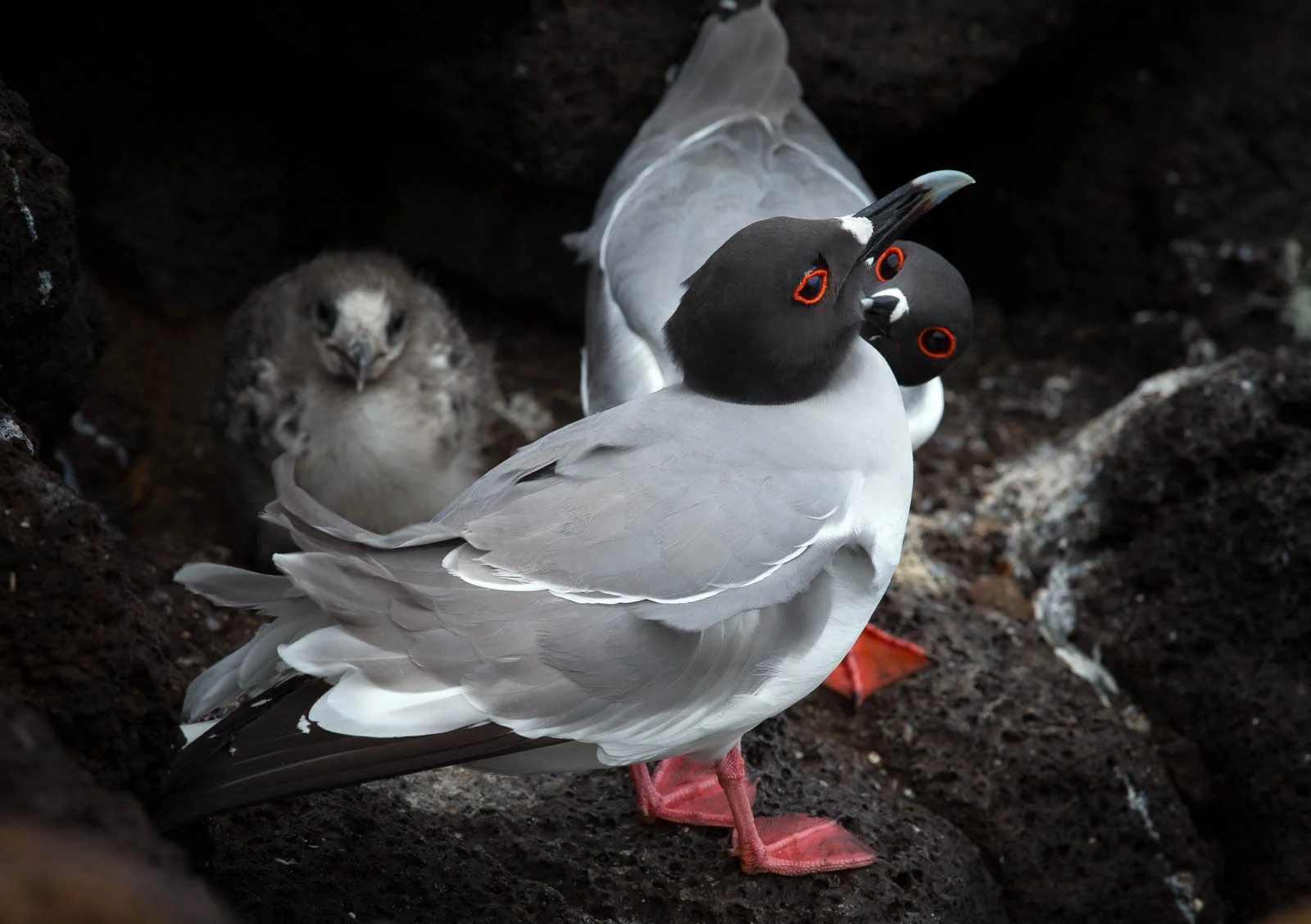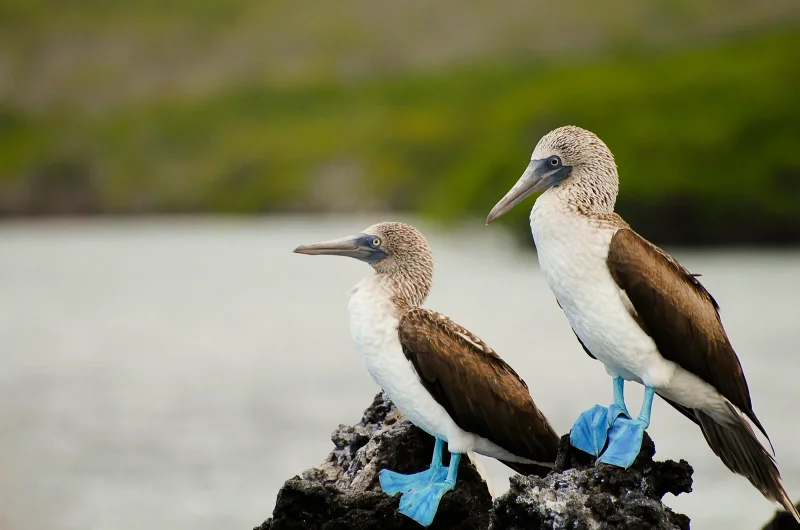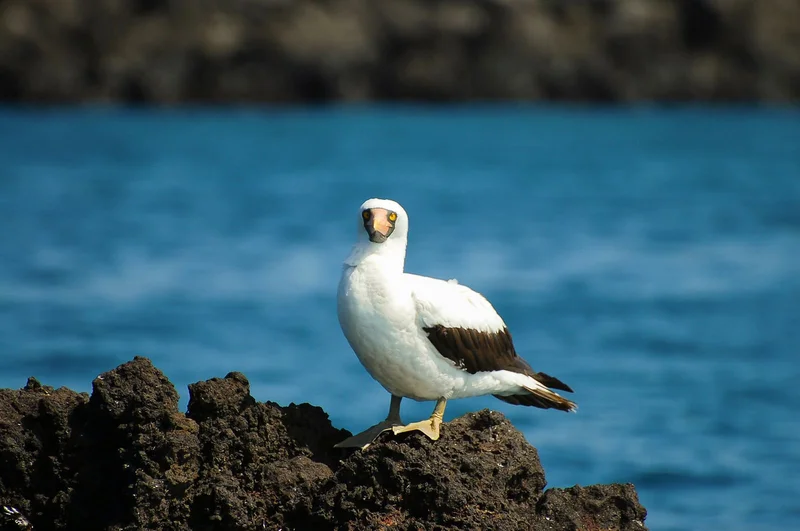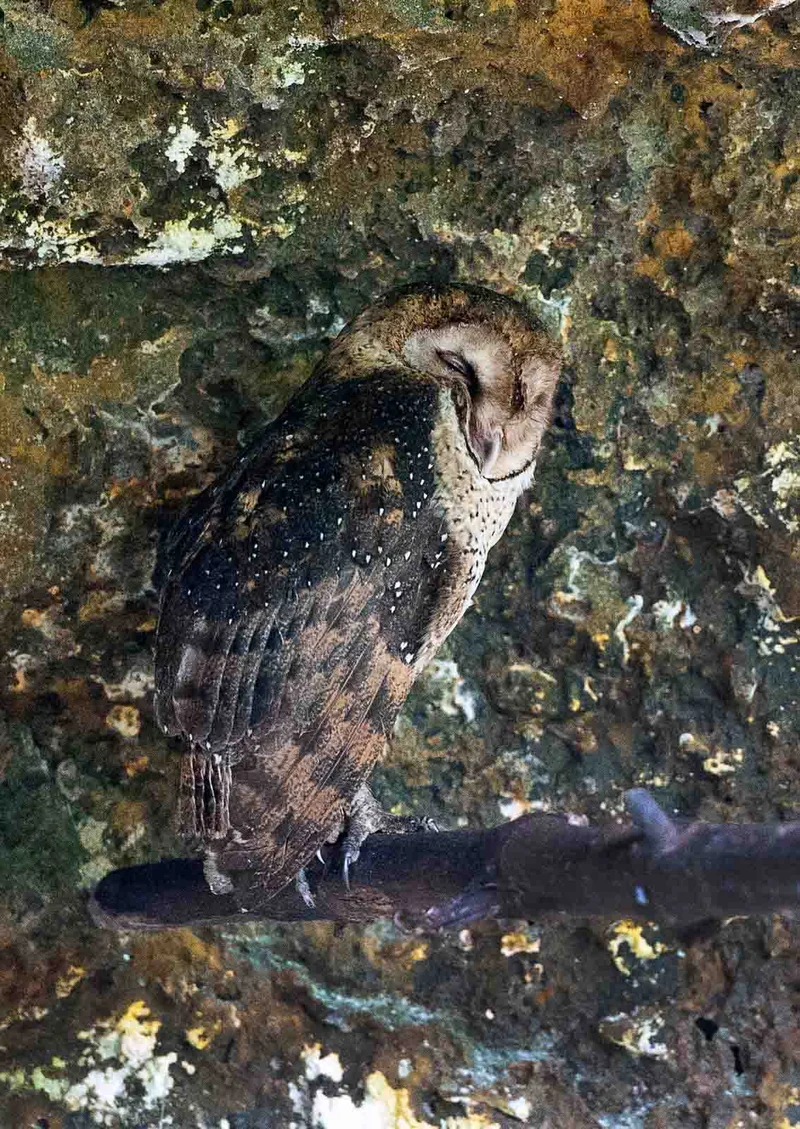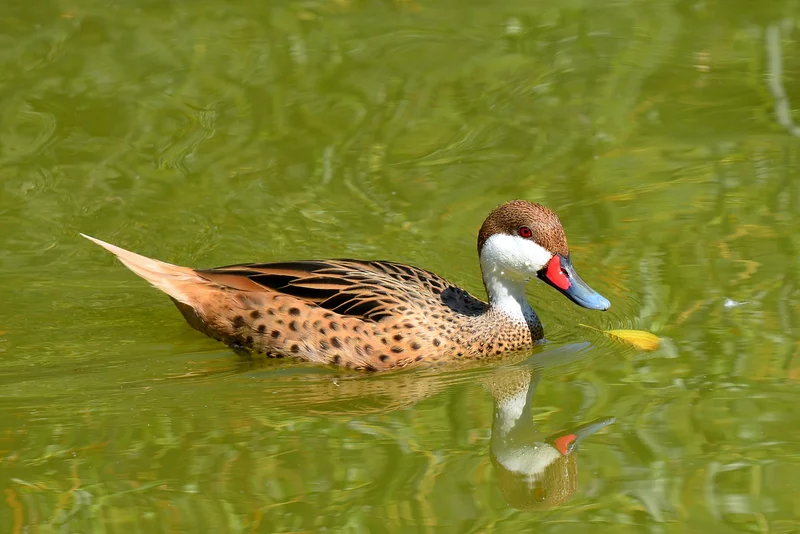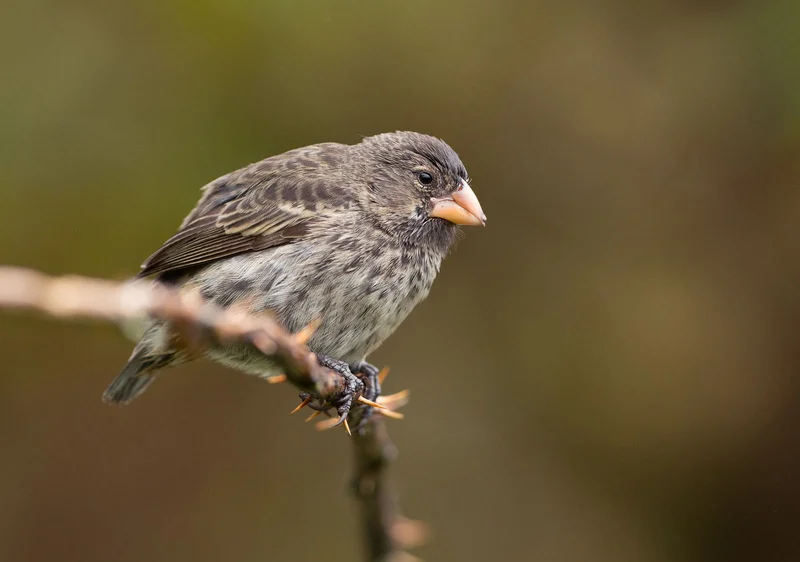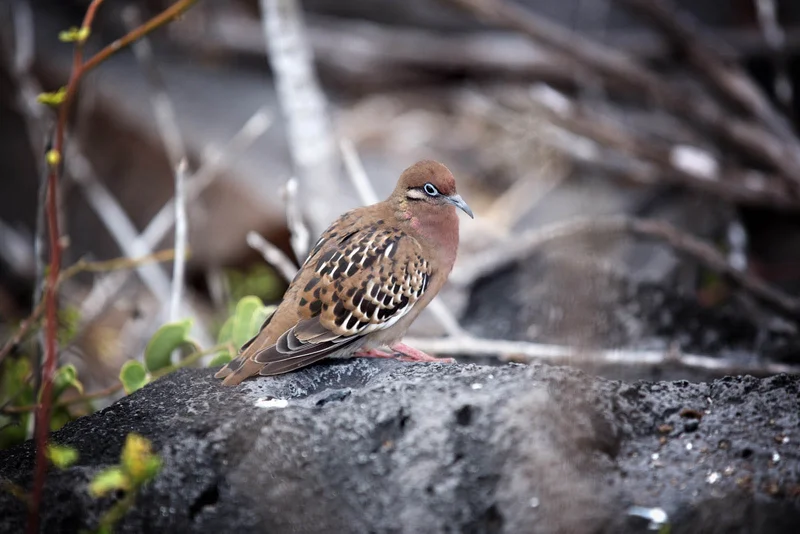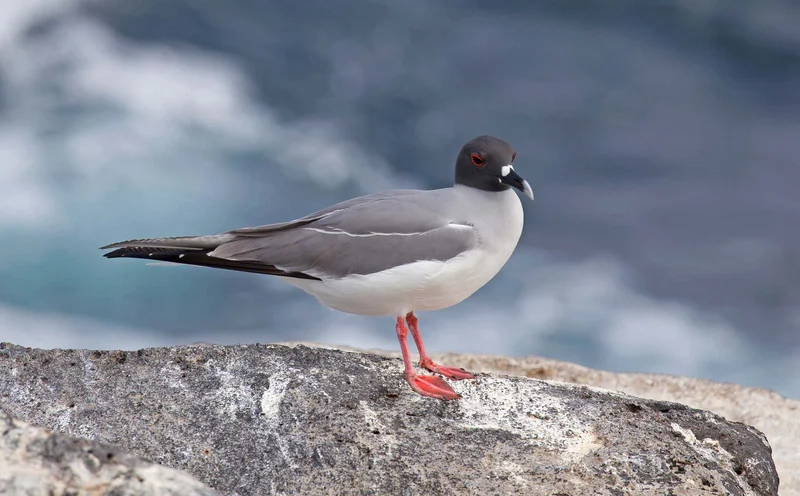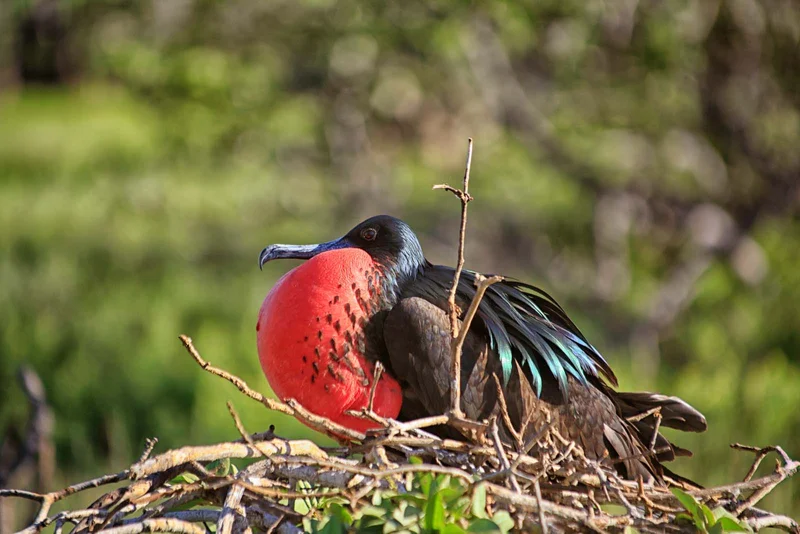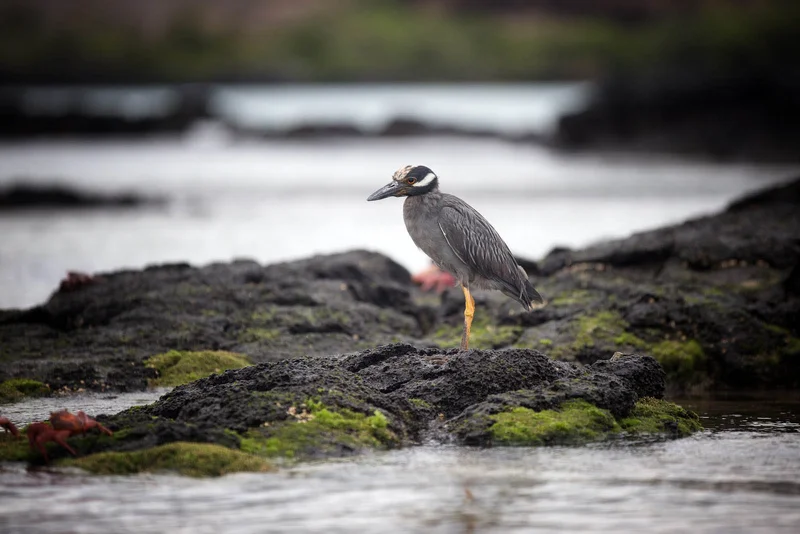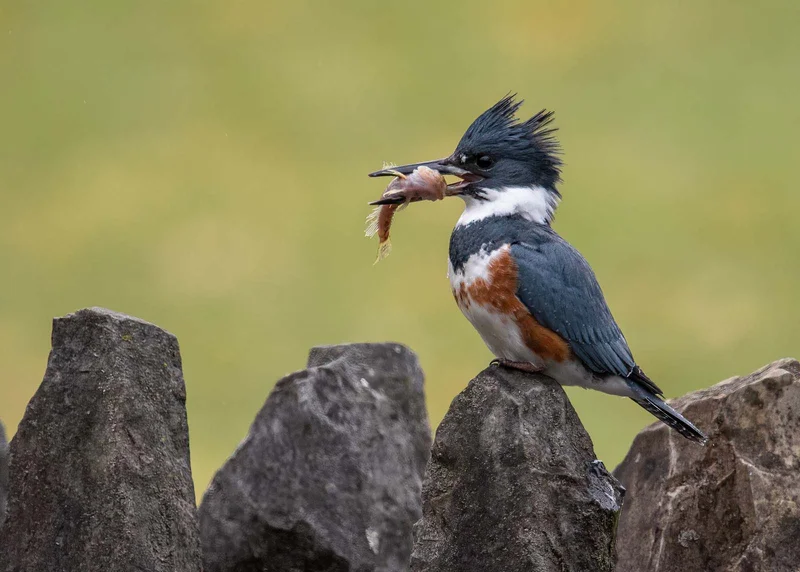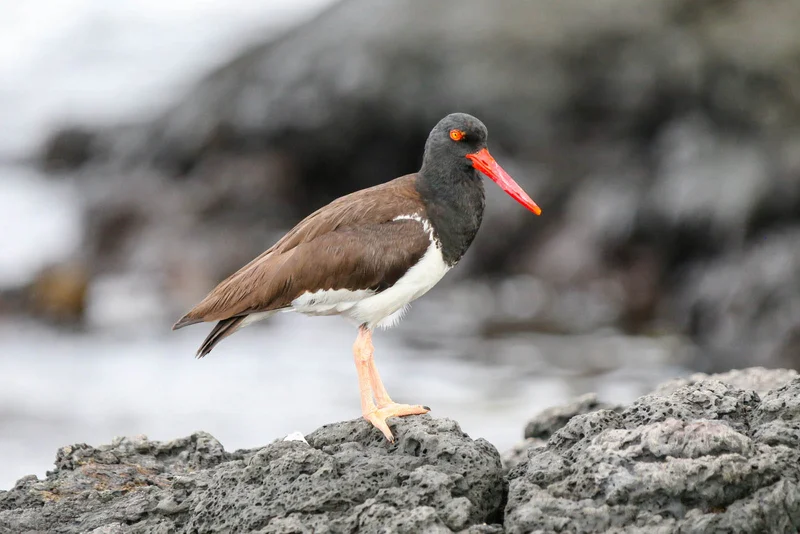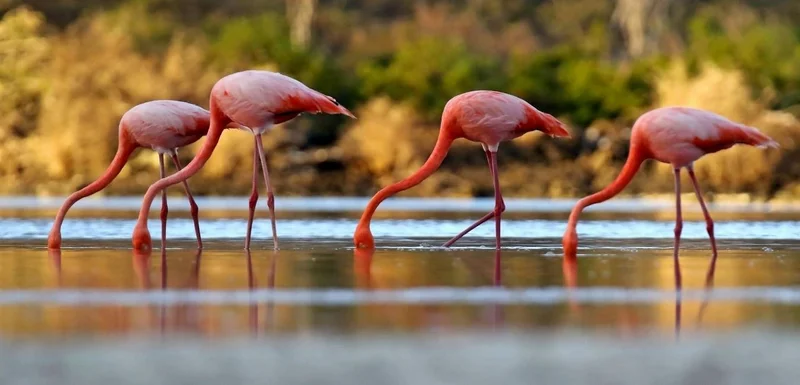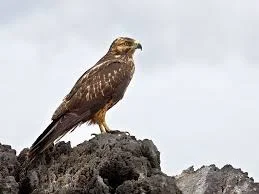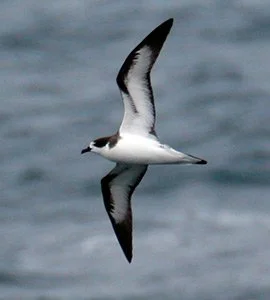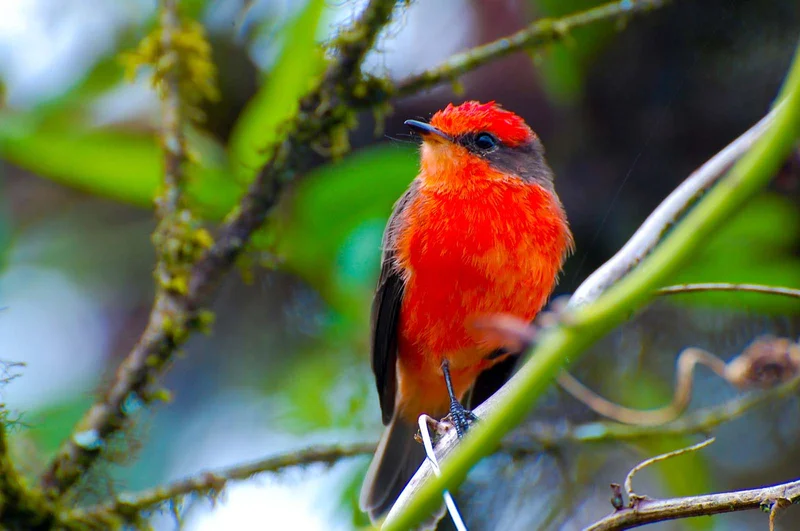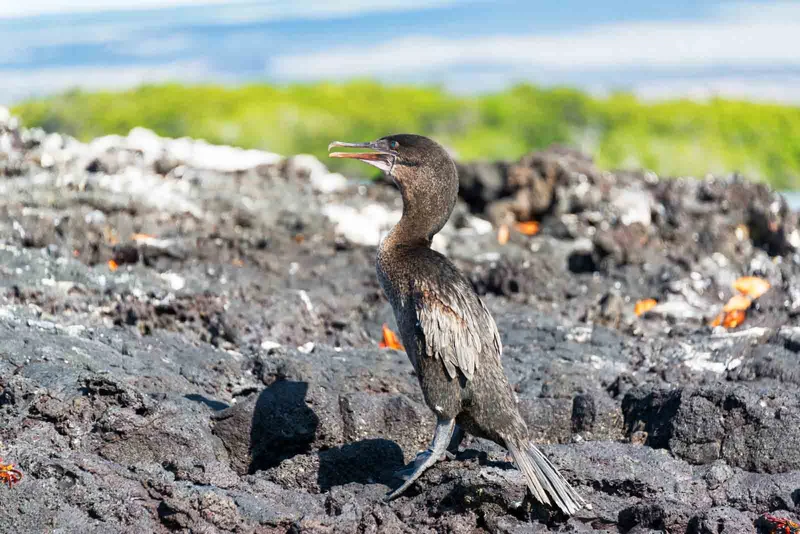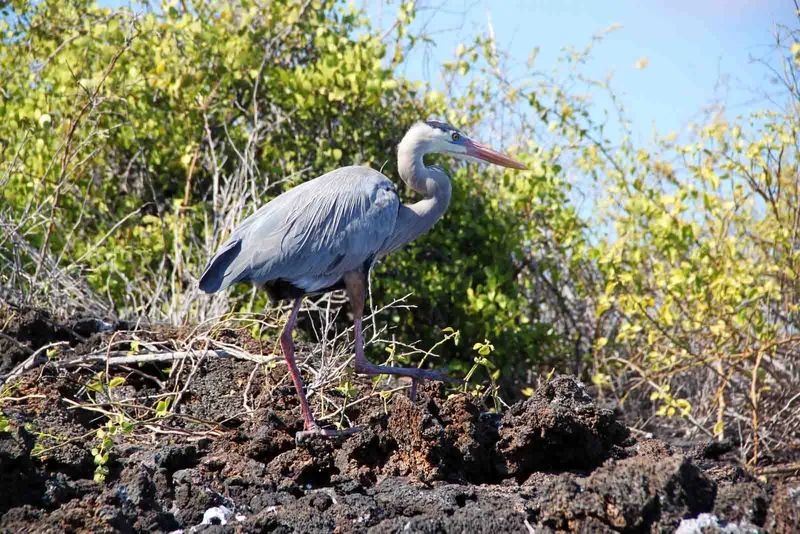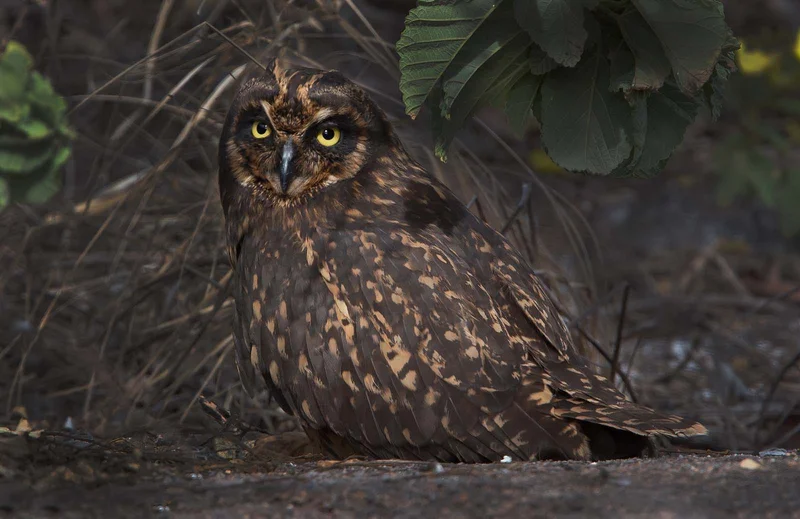Essential Information on the Galapagos Lava Gull
The Galápagos Lava Gull is unique to the islands and is found nowhere else on Earth. With fewer than 300 breeding pairs remaining, it is the rarest gull in the world.
This gull is notable for its all-dark coloration, the only one of its kind. Ranging from nearly black to dark grey, it has a distinctive heavy bill and small white fringes on the edges of its wings and tail.
Primarily residing on Santa Cruz, Isabela, San Cristobal, and Genovesa islands, Lava Gulls breed year-round, constructing ground nests often sheltered by coastal vegetation. During your Galápagos cruise, your expert guide will help you spot this rare species and provide more information on its lifecycle and vulnerable status.
Opportunistic feeders, Lava Gulls consume a variety of food sources. They are known to favor the placentas of newborn Sea Lions and capitalize on food dropped by Frigate birds that harass Blue-Footed Boobies.
Ground-nesting Lava Gulls face significant threats from introduced predators like feral cats and rats, which attack both adults and young hatchlings. The Galápagos National Park's control programs for non-native species have been effective in stabilizing the population. Despite these efforts, the small population size and limited distribution make the Lava Gull a species at risk, necessitating careful monitoring.
